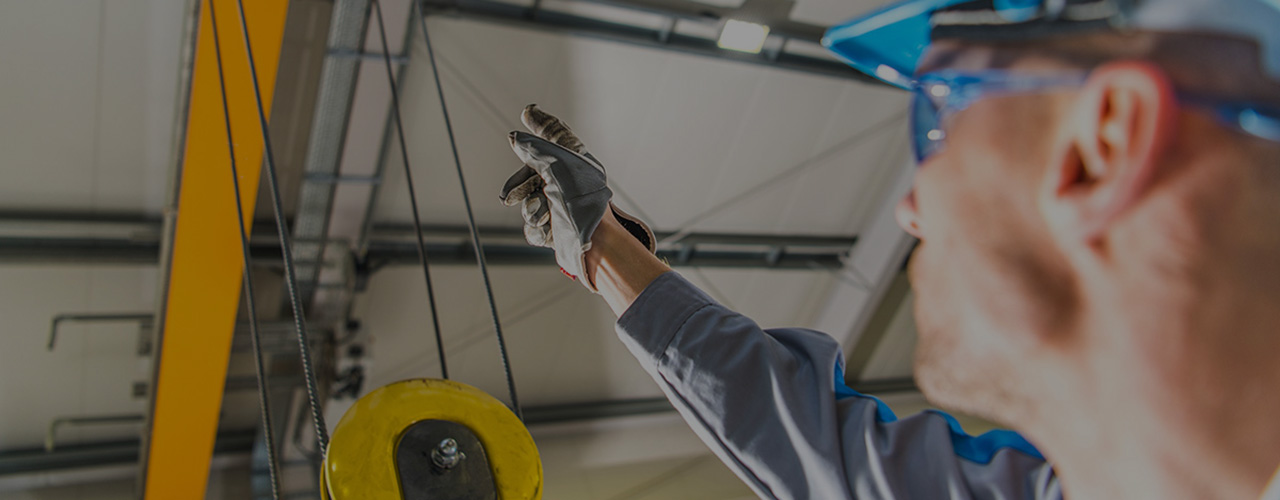
Mechanical structure transformation: strengthening the main beam, replacing the wire rope/pulley, upgrading the walking mechanism, etc.
Electrical system upgrade: replacing old electrical components, frequency conversion drive transformation (such as changing traditional motors to frequency conversion control), and adding intelligent monitoring systems.
Control system optimization: PLC/automation control upgrade, remote control function installation, anti-collision system integration.
Enhancement of safety functions: adding limit devices, overload protection, wind speed monitoring or emergency braking systems.
Environmental protection and energy-saving transformation: reducing energy consumption and noise, meeting green production requirements.

The equipment is aging but the core components are intact and need to be used continuously.
Production process changes (such as higher precision and heavier load requirements).
Legal updates (such as safety standard upgrades).
Enterprise intelligent transformation (such as remote management through the Internet of Things).

Economical efficiency: Save 30%-50% of the cost compared to purchasing a new machine.
Short cycle: The transformation time is usually shorter than the delivery and installation of new equipment.
Customization: Flexibly adjust the plan according to actual needs.
Compliance: Ensure compliance with the latest national standards.



